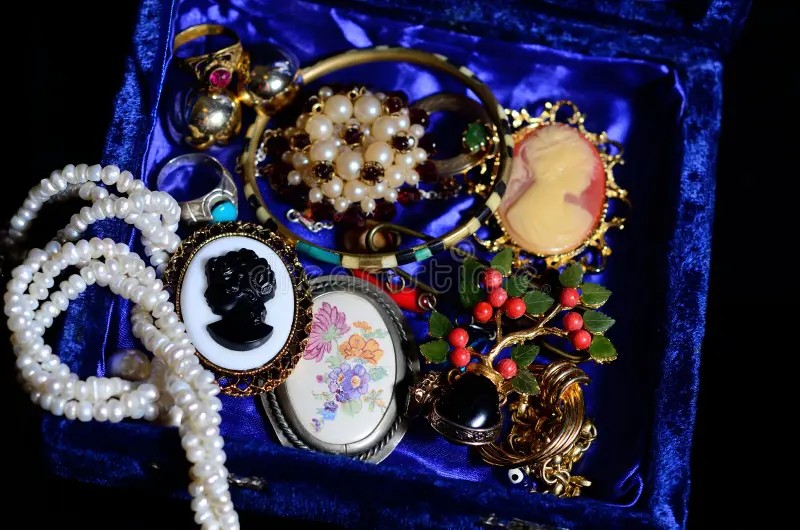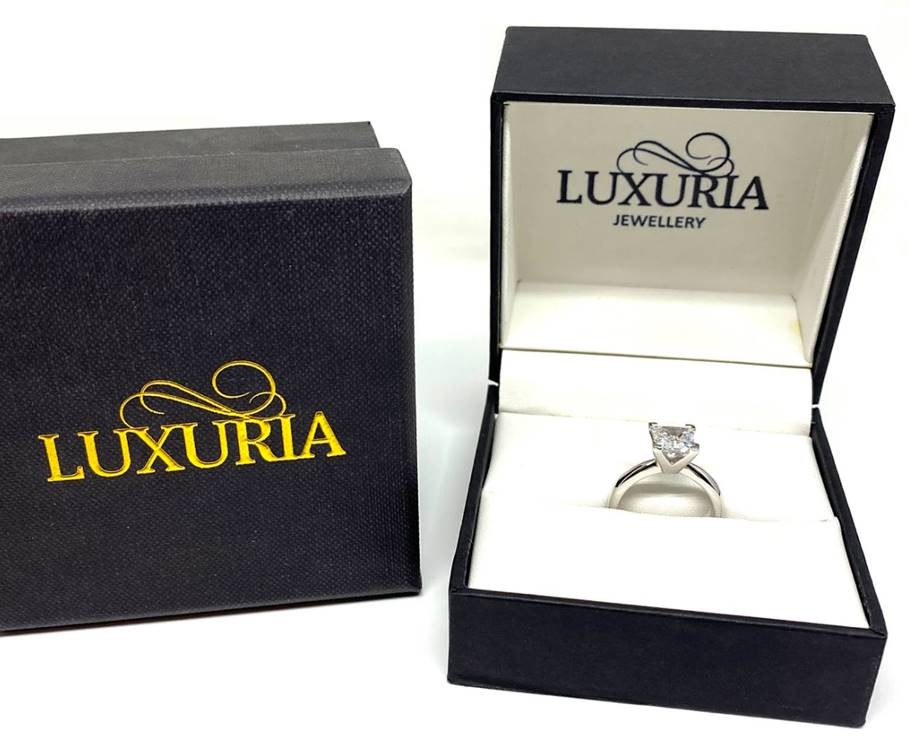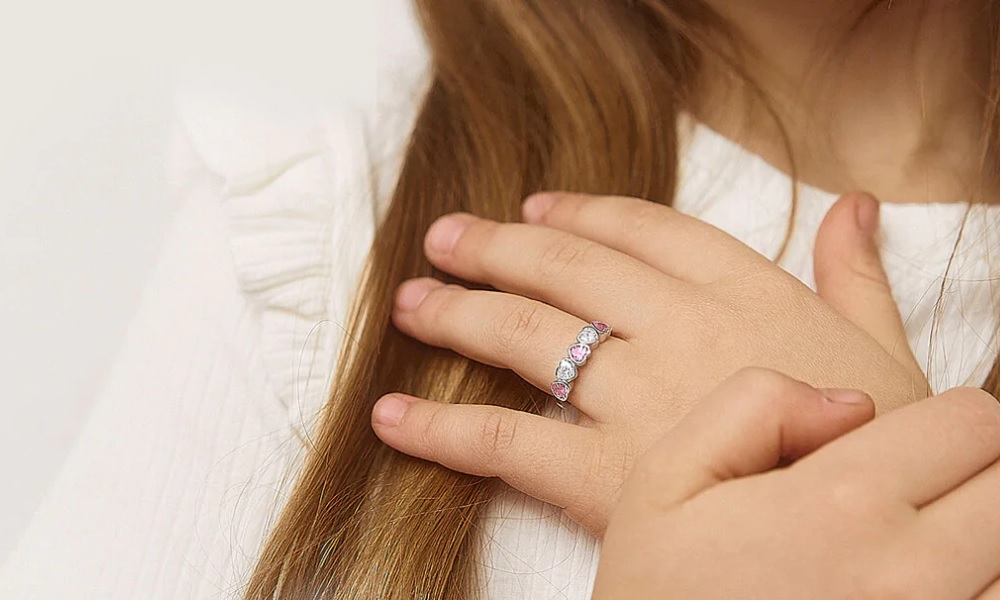Eternity rings have become a symbol of everlasting love and commitment in modern times, but their history dates back to centuries. The concept of an eternity ring, also known as an infinity ring, is that the ring is a continuous loop of precious metal set with a never-ending circle of precious stones.
Here, let us delve into and take a look at the evolution of eternity rings through history.
- Ancient Egypt
The ancient Egyptians are credited with creating the first eternity rings. These rings were crafted from woven reeds and decorated with symbolic carvings and inscriptions. The circular shape of the ring symbolizes eternity, while the inscriptions were believed to offer the wearer protection and good luck.
- The Roman period
During the Roman Empire, eternity rings became more refined and sophisticated. Roman men would give their wives a ring with a single diamond to celebrate a significant event, such as the birth of a child. These rings were called “annulus pronubus” or betrothal rings. In the early Christian era, eternity rings were used as wedding rings, with the circular design symbolizing the unbroken bond of marriage.
- Medieval period
Eternity rings continued to be popular throughout the medieval period. They were often set with colored gemstones, and the designs were intricate and ornate. It was during this time that the concept of birthstones came into play, with each stone representing a specific month of the year.
- Renaissance
During the Renaissance, the popularity of eternity rings waned, as the focus shifted to larger, more elaborate jewelry. However, the concept of the eternity ring remained popular, and it wasn’t long before the design made a comeback.
- In the 18th century, eternity rings became fashionable once again. These rings were often set with diamonds, and the designs were simpler and more elegant than those of previous centuries, and represented eternal nature of love.
- The 19th century saw the rise of Victorian-era jewelry, with eternity rings becoming more elaborate and ornate once again. These rings often featured floral designs and were set with colored gemstones. The use of platinum in jewelry-making also became more prevalent during this time.
- In the 20th century, eternity rings became even more popular. They were often given as anniversary gifts or as a symbol of the birth of a child. The designs became more varied, with some rings featuring a single row of diamonds, while others had multiple rows set with different colored stones.
Today, diamond eternity rings remain a popular choice for those celebrating a significant event or milestone. Though these rings have evolved over time, their message of everlasting love and commitment remains the same.





